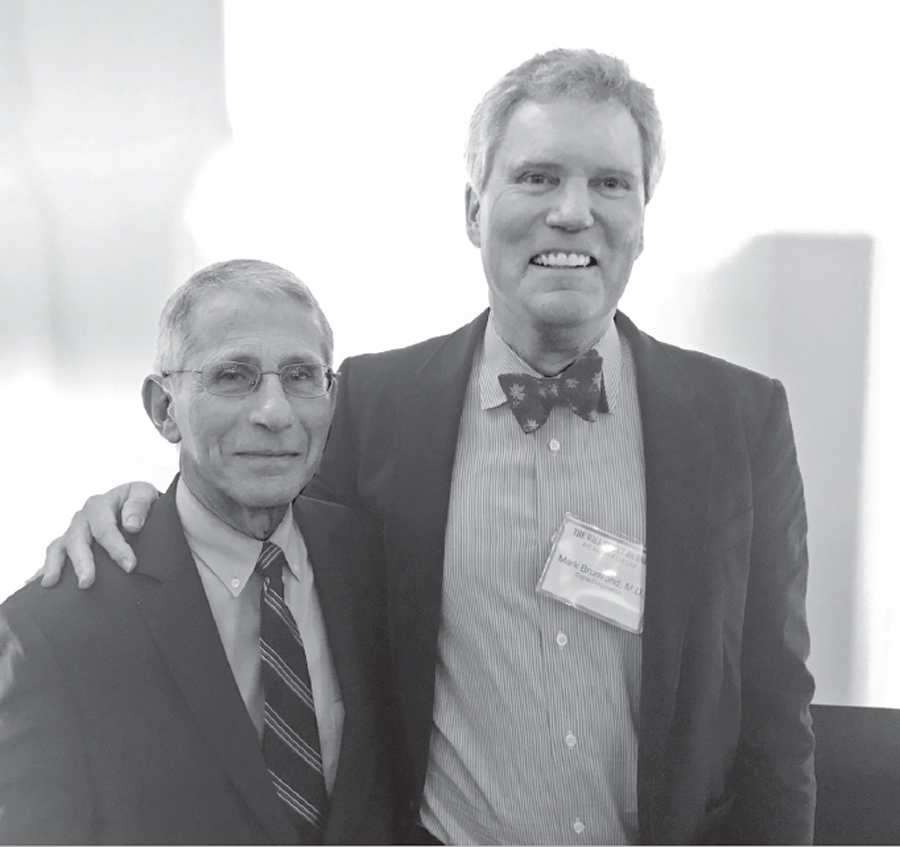42
Jason Races Time
After Jason’s first round of chemo failed to work, his care was moved to Colorado Blood Cancer Institute, and came to be overseen by Dr. Brunvand, Jason’s oncologist. The second level of treatment is called salvage. It’s more toxic than the first kind of chemo. Jason responded. But there is another step in this second stage, and it is brutal.
What follows is a bone marrow transplant known as an autologous hematopoietic stem cell transplant. This transplant replaces stem cells in the patient’s bone marrow that have been damaged by the chemotherapy. In a very real sense, it involves pulling out the patient’s immune system and then restarting it.
That’s not the horrible part. What makes this process so devastating is an interim step known as BEAM. This is another level of chemotherapy—a terrible, evil nuclear-winter-level therapy—that is used to wipe out the last of the cancer cells that are left behind by salvage. Typically, the salvage therapy leaves behind about a million such cancer cells. BEAM is toxic enough to get these remaining dogged cancer cells, but it is also so toxic that it wipes out the patient’s own stem cells.
“All his stem cells are sacrificed on the altar of killing the last cancer cells,” Dr. Brunvand explained.

Dr. Anthony Fauci, head of the National Institute of Allergy and Infectious Diseases at the NIH, and Dr. Mark Brunvand, Jason Greenstein’s oncologist. (Courtesy of the author)
BEAM, coupled with the emotional challenge of transplantation itself, is so intense that the procedures don’t go forward until a patient is assessed on three levels: Is he responding to the chemo, and is he both physically and emotionally able to survive the experience?
It was time for Jason to be assessed by a psychologist.
On November 16, 2011, Jason walked into a small square outpatient meeting room, eight feet on each side, with a round table in the middle. He was greeted by Andrea Maikovich-Fong, a psychologist specializing in counseling people with cancer. When Jason walked in, he didn’t look or act like a guy who was sick. He wore sunglasses, and not long after meeting Maikovich-Fong, he started playing air guitar and singing a rock song.
“He was very much alive,” she recalled of the moment. “I don’t think I’d have known he had cancer.”
He was ready to take on the beast.
To prep him for transplant, Jason was given drugs that spurred growth of his stem cells and caused them to leave the bone marrow and flow into the bloodstream. That way, they could be harvested. Then it was time for BEAM.
Jason began the high-dose chemotherapy to eliminate the last of the cancer and immune function on November 21, 2011. Eight days later, after a “day of rest,” he was infused with new stem cells.
At this moment, his body’s immune system was laid waste, as were virtually all of his rapidly dividing cells: His gut had gaping holes, his skin could not heal, his thick hair was falling out in clumps, and his smile was nonexistent. He’d lost the optimism.
“He wore a zip-up hoodie. He was sitting there, completely hunched over,” said Maikovich-Fong. “The room was all dark, and he looked like this shadow sitting there. He looked up with his eyes and not with his chin, and he said, ‘This is terrible.’
“He was a completely different person than when I first met him. It was a pretty striking image if you wandered into that room.”
He got out of the hospital a month later. By January 2012, Jason had learned that the BEAM and transplant appeared to have worked. Jason now was in possession of the immune system of a veritable newborn. Dr. Brunvand describes the patient with new stem cells as “like when your kids were in elementary school and brought home every virus.” Jason’s immune system needed time to relearn. He received antiviral medications so, as Dr. Brunvand put it, “a cold sore wouldn’t turn into pneumonia,” and they beefed up his microbiome with a yogurt diet—“we try to protect them and regrow the good bacteria in their gut.”
Typically, the plan was to let the patient heal and then reimmunize him, as a pediatrician might a child. But Jason wasn’t typical because of the fact that he’d initially relapsed so quickly, and in the same area where the cancer initially presented. “Jason had the highest relapse risk that you could imagine,” Dr. Brunvand said.
So Dr. Brunvand talked to Jason about trying to cement the victory by enrolling him in a clinical trial for brentuximab vedotin. The drug is noteworthy for how it takes advantage of several of the crucial discoveries made by the immune system pioneers.
Brentuximab is a monoclonal antibody therapy, its existence drawing from the powerful discovery in the 1970s of isolating and copying individual proteins. In this case, researchers had discovered that B cells with the Hodgkin’s malignancy express an antigen called CD30. Brentuximab was armed with an antibody to seek and destroy that antigen. Targeted therapy is another way to think about it.
One interesting bit of medical industry trivia arises here as well. When you see a drug with mab on the end, you now know it stands for monoclonal antibody.
However, just because a drug is targeted and is more precise than chemotherapy doesn’t mean it is without its own side effects. Brentuximab’s possible side effects include extreme fatigue, diarrhea, blood in the urine, mouth sores—the list goes on.
Jason, consulting with Beth, decided to go for it. This, he was told, would eradicate whatever Hodgkin’s tried to rear its head again.
One reason for Jason’s decision is that he had tremendous faith in Dr. Brunvand. Plus, Jason felt a real connection to his oncologist, someone who, like Jason, had a great sense of humor and a thirst for adventure and risk. Unafraid of a fight.